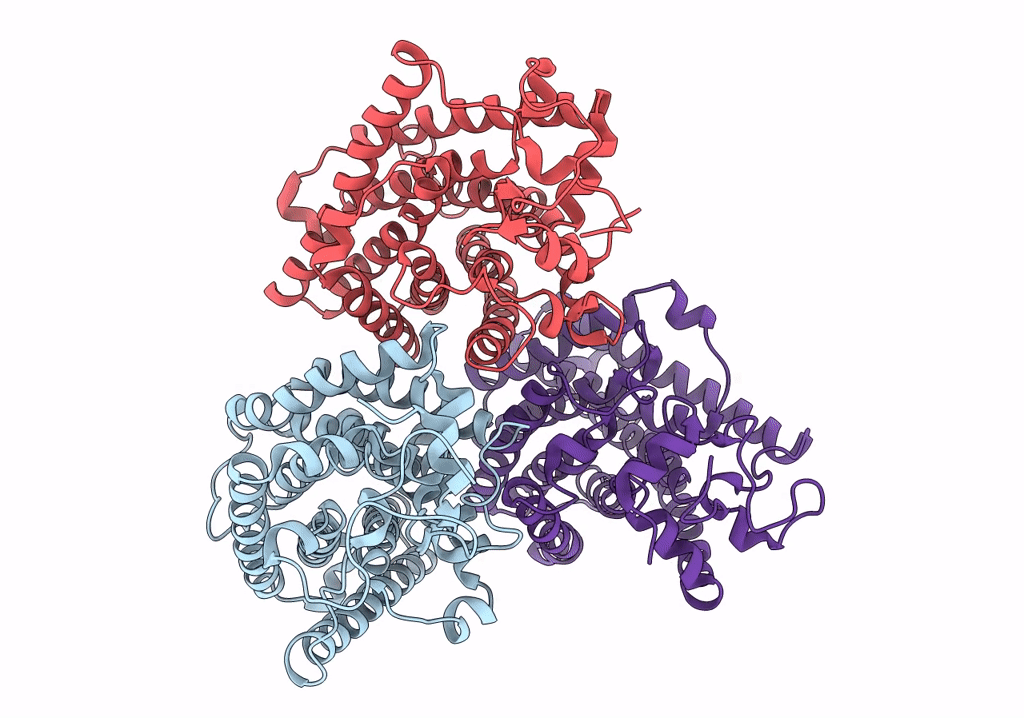
Deposition Date
2022-01-19
Release Date
2022-04-13
Last Version Date
2024-06-26
Entry Detail
Biological Source:
Source Organism:
Arabidopsis thaliana (Taxon ID: 3702)
Host Organism:
Method Details:
Experimental Method:
Resolution:
2.70 Å
Aggregation State:
PARTICLE
Reconstruction Method:
SINGLE PARTICLE


